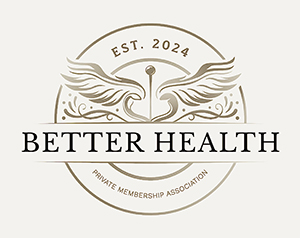Trigger Point Injections
As I near the end of my residency and reflect on the many things I have learned during my training, trigger point injections are one of the most profound. They have become a bridge that has helped me assist many a patient past a chronic condition into improved mobility and motility and reduced pain.
My journey began when injecting the suboccipital region of a patient over a year ago. I injected the fluid into the tight area, pushed a little over one ml of fluid in and immediately upon withdrawing the needle re-palpated the tissue. I noticed that the tissue had almost completely normalized in under 3 seconds. I know that this was faster than the action of any medication injected into tissue. Thus, I began to question what I thought I knew and to reason and test my ideas. I applied Dr. Ed Stiles’ thinking process to injections. That is, to reason your way through the entire process and understand the principles behind each step. This applies to the type of injection, site selection, fluid selection and depth of injection. It has reaped many dividends and I would like to share that thought development here.
First palpate the patient. Trigger points are supposed to radiate pain. That means that they are probably tight muscles, stretched ligaments or tendons, irritated nerve fibers, or bruised/traumatized periosteum/fascia (connective tissue). Each of these will have a different feel and perhaps a slightly different treatment to obtain the best results.
Tight muscles will have a muscle belly that has a ropy feel and is usually painful to deep palpation (unless it is severely chronic). These muscle bundles have contracted fascia surrounding them that gives the characteristic “feel” of a trigger point – that “pop” like piercing an orange rind with the needle. While dry needling will work here, my observation is that fluid volume matters far more than fluid content. 1.5 ml per injection site has given me consistently good results (more on fluid choices later). I utilize the smallest needle I can (typically 25-30 gauge) and inject the tightest/most painful portion of that muscle belly. Needle length/depth of insertion will depend on the muscle being injected. I push the fluid over approximately 10 seconds to give the patient a chance to accommodate to the sensation.
Ligaments and tendons are best mastered by instruction in prolotherapy. In my experience, injections into these areas are either to utilize the irritatve effect of the substance injected to cause inflammation, to reduce inflammation, or to release fascia/connective tissue. I have found the latter to be the most beneficial in my clinic. Using the same rationale as above, I attempt to inject the tendon/ligament or its surrounding tissue with approx. 1.5 ml’s of fluid per site. Needle length/depth of insertion will depend on the tissue being injected. Be careful to have the patient remain still during the process so as not to shear a needle. This has achieved good results.
Fluid Choices:
Normal saline – isotonic, does not irritate local tissue.
Sterile water – not isotonic. Will cause local tissue crenation. Perhaps useful in small quantities for tissue inflammation.
Vitamin B12 – methylcobalomin>hydroxocobalomin>cyanocobalomin – has some local tissue pain relief properties. Enhances patient’s energy/healing ability for a short time.
Procain (Novocaine)
